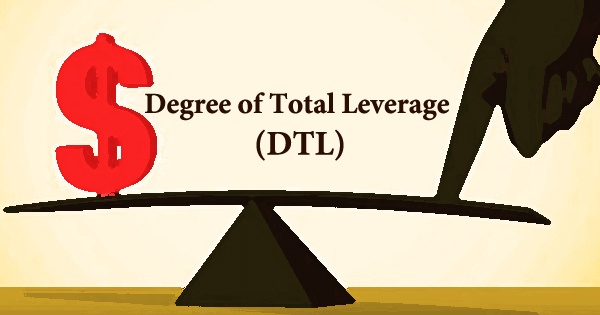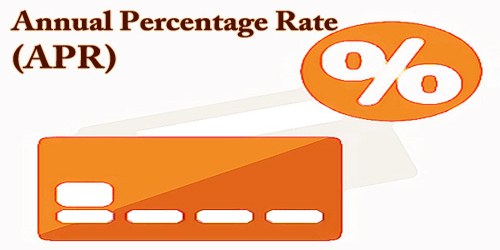The degree of total leverage (DTL) is a measure that compares the rate of change in a company’s earnings per share (EPS) to the rate of change in sales revenue. It’s also known as the degree of combined leverage (DCL), and it’s a metric that accounts for both operating and financial leverage. The financial ratio of a company’s debt or borrowed capital to its equity capital is known as leverage.
The firm’s total leverage is measured numerically by the degree of total leverage (DTL). DTL indicates the changes in two variables in the same way as the degree of operating leverage and the degree of financial leverage do. These are the changes in earnings per share (EPS) and sales revenue as a percentage of total revenue. The two leverages that degree of total leverage accounts for are as follows:
- Degree of Operating Leverage: The calculation of the degree of operating leverage is dependent upon two factors. Earnings before interest and taxes (EBIT) and sales revenue for two periods or two years are the two elements. Once we have these two components in percentage terms, we divide the change in EBIT by the change in sales to get this ratio or leverage. It demonstrates how a change in sales revenue affects EBIT (or operational income). Also, an assumption is that the fixed costs do not change over the period.
- Degree of financial leverage: Financial leverage is a term that measures how much a corporation borrows money to grow its assets and profits. Examining a company’s financial leverage reveals the impact of changes in EBIT as a result of taking on more debt on earnings per share.
The extra obligation will likewise bring about interest cost which will make any drop in EBIT more articulated. The level of absolute influence is valuable in that it tells the board by which rate overall gain will drop given a 1% drop in deals income. A larger DTL indicates that the company is exposed to greater risk as a result of the significant influence of sales on earnings. The larger percentage of EPS can be reduced by a 1% drop in sales. Because the profit is low due to a large fixed cost, the corporation must boost sales to break even. Any rise in sales will result in a considerable increase in profit.
The following formula can calculate the degree of total leverage (DTL) or Degree of Combined Leverage (DCL):
DTL = Percentage change in EPS / Percentage change in revenues from the sale
In other words,
Degree of total leverage (DTL) = DOL × DFL
Where DOL is the degree of operating leverage and DFL is the degree of financial leverage. Or alternatively, we can calculate the DTL at a given level of sales as follow:
DTL at base sales level Q = [Q × (P – VC)]/ [Q × (P – PC) – FC – I – (PD × (1/ (1 – T))]
Where:
Q = Base level of sales
P = Sales price
VC = Variable costs
FC = Fixed costs
I = Interest on debt
PD = Preferred stock dividend
T = Tax rate
A low DTL, on the other hand, indicates that the danger is low. Even if sales vary, the EPS will not be affected significantly due to the lower sensitivity. The degree of overall leverage a firm has is essential because it helps the company determine the type of change in EPS it may expect in response to an increase in sales revenue. The degree of total leverage gives outsiders and investigators a basic outline of the organization’s business, possibilities, and activities. The administration’s choices with respect to the utilization of working and monetary influence can additionally direct the examiners to see the nature of the executives just as the organization’s possibilities.
Understanding earnings per share changes or growth is vital for any company since it helps corporate management evaluate the firm’s performance and displays the income the company earns for its shareholders. Leverage makes it easier to estimate future cash flows and analyze risk. It also aids in determining an appropriate discount rate for calculating the present value of cash flows. The concept of total leverage degree aids in determining the breakeven sales amount. It is also feasible to calculate the company’s net income at various sales levels.
Information Sources:
















